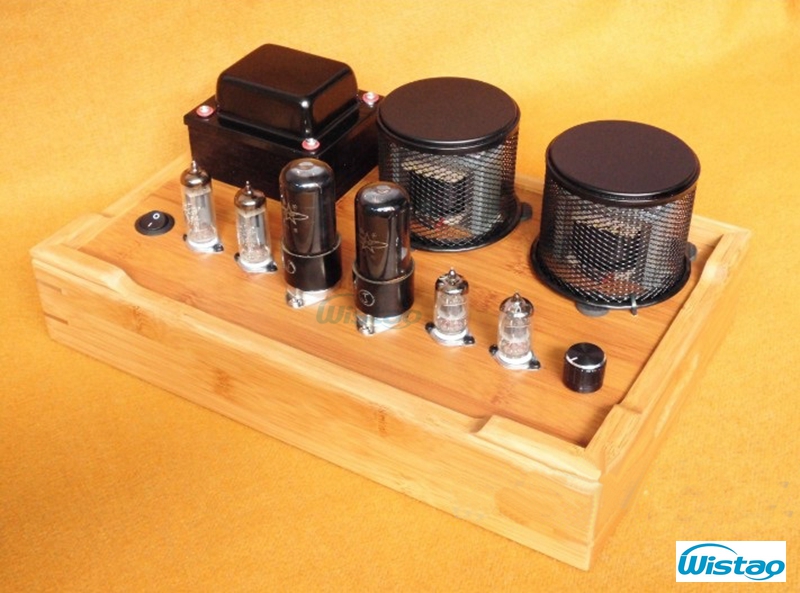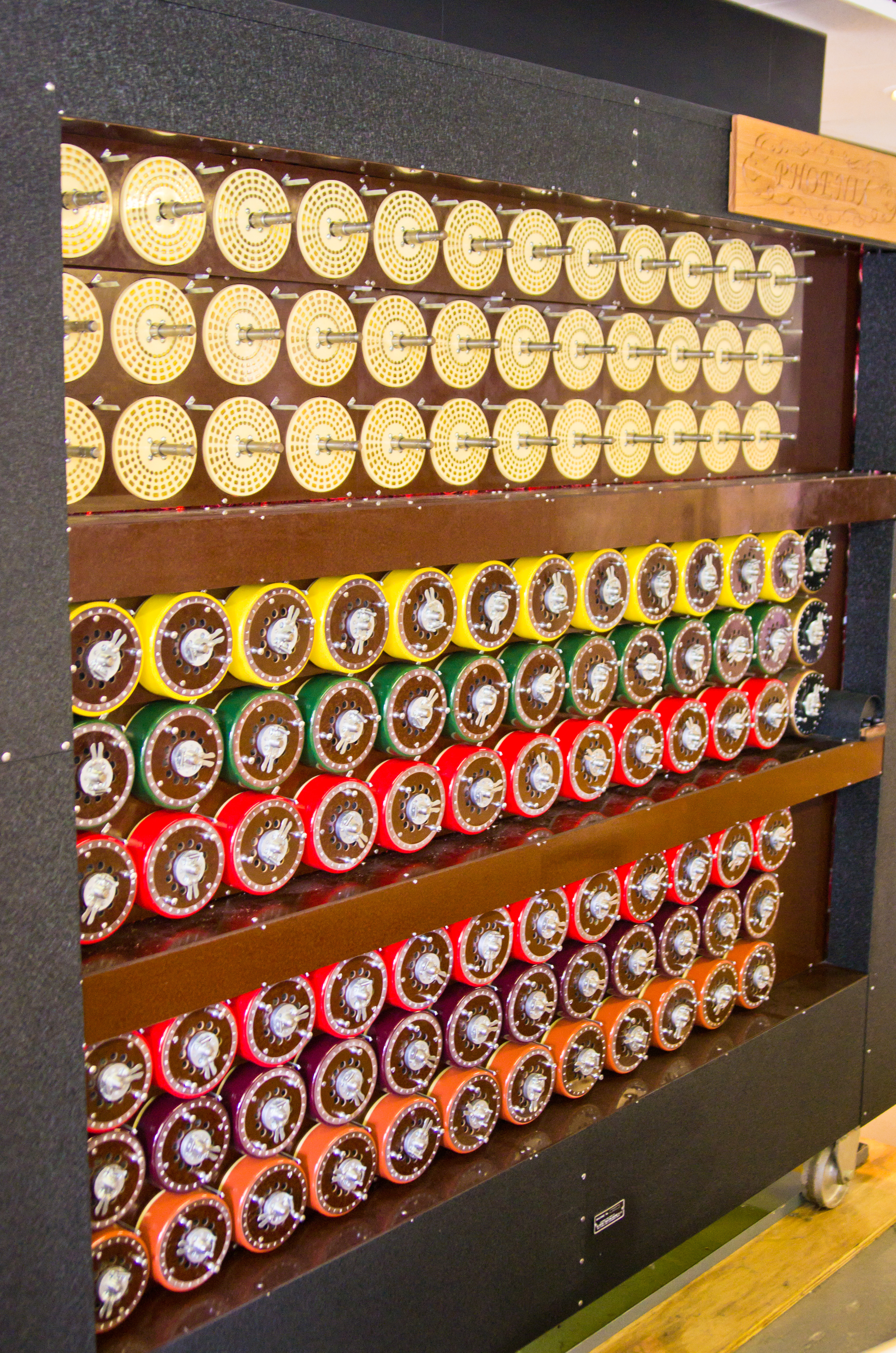Wilma Rack!! My dream come true. Glad I did not get the Athena. And with so many excellent components these days being "half size", this may be quite popular (assuming there is a cost saving over the Athena). And of course the Everest is going to be a no-brainer. I'll take three of those please.
But what exactly are the differences between the K2 and Everest? Is it just the physical form, since the principal to both seems identical. Looks like the Everest just has a longer metal post, otherwise are they the same? And I guess those posts are threaded. Can't seem to find much info on them even though as I said, I will get them anyway.
Additionally, the K2 and Everest look likely to solve an ongoing problem I have had with my Entreq boxes - cables coming lose on occasion. Twice now I have gone to listen to my system and wondered why it was sub-par. It happened soon after I bought my gear last year and again only a few weeks ago. Then I discovered one of the cables has simply fallen off the binding post. The problem is that the wood retainer "screw" is "soft" (being the nature of the wood material used) and there is only so much torque you can apply tightening the cable to the binding post. I have found that sometimes that torque just isn't enough and furthermore, over time the wood compresses, making the connection more likely to fail (you can see how the wood on the retaining screw "polishes" itself). So if this solution is metal - metal - metal instead of wood - metal - metal it will solve the problems I have been having (which have really been my only significant criticism of Entreq products).












